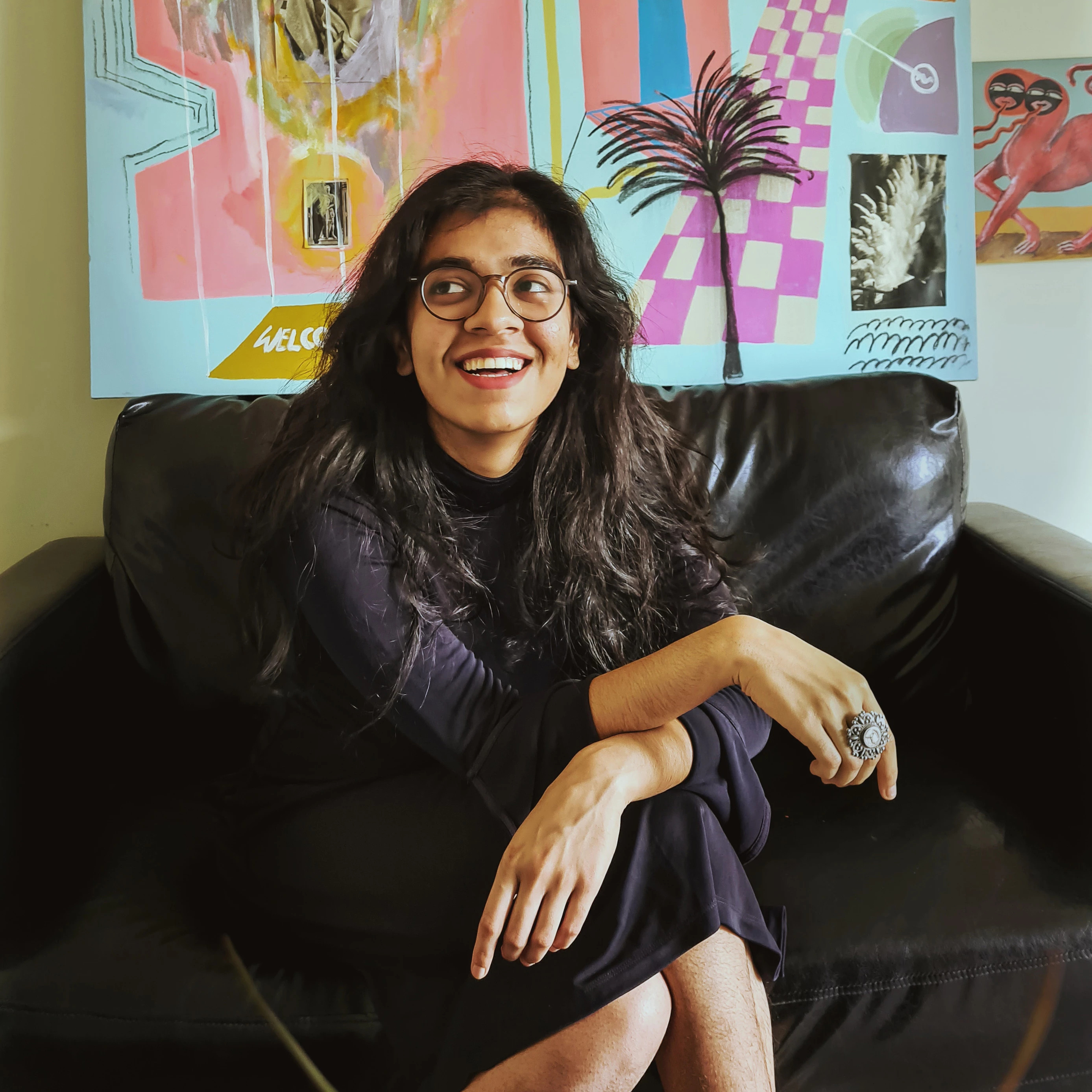Stuart Hall in his mapping of Black British Arts in the 1980s spoke of an assembling of the many elements that made up this movement “not as a unity, but in all their contradictory dispersion”. I have chosen to take a similar approach in the assembling of this edition so as not to flatten the depth of differences that are held in the category of history that is marked as Black. As well as a way to pull focus to the variety of Black experiences that exist, beyond the parameters of Black trauma that the Black Lives Matter movement has made more visible for the white population of Wales and the world.
In my examining of the Black History that is depicted in the National Collections of Wales, it became clear to me once more, as it does each time I return to these collections with the perspective that my Blackness has afforded me, that some specificities have been muted, while others have been overly accentuated.
The contributors of this edition of Cynfas, speak of, Black bodies, addressing what can be described as what blackness is often reduced to, ‘the colour of peoples skin’. They also speak to the politics projected onto them, acknowledging the many nuanced tangible impacts of being racialised, despite race being a social construct and how that informs how art is perceived by Black people, and vice versa. I’m heartened by each contributor's sharing of the personal memories and lived experiences connected to a number of artworks from the collections as they relate a multitude of Black experiences that are so often sheltered from the light, and rarely platformed.
What specificities have been muted? Those that reveal that Blackness is not a single shade, way of being, way of seeing. In addition to the written contributions you will also find a digital rendering of (un)Seen (un)Heard; a redisplay of portrait busts and a sound art installation, that was created by myself last year to address the lack of equitable representation of art by and depicting Black people within Wales’ National Museums’. As well as an educational resource that uses Magdalene Odundo’s Asymmetric I, an artwork that takes inspiration from the human form, to further inspire the writing of poetry. I see both of these additions as ways of sounding out past silences.
As for the overly accentuated specificities, for me these clearly lie in the categorising of art in ways that give merit to certain forms over others. This being nothing new, or confined to the National Collections of Wales, but it was something I saw the need to renegotiate in the bringing together of this edition. In each article you will find this done with such precision, be it the rearticulation of gold adornments as artistic expression, in the revaluing of applied art as it’s shown to be able to hold so much meaning, to a white artist’s depictions of Black hair that is heralded as high art despite it falling somewhat flat, when examined and set aside some spoken word.
This edition’s theme is one of expanding the conversation around Black Lives and how they matter, to include how art can be an exploration and articulation of this. As the guest editor of the first edition of Cynfas, a new Interactive Digital Arts Magazine, I leave you now to delve into its contents with care, looking forward to hearing what you were able to draw from it.
Professional Profile:
Umulkhayr Mohamed (she/her) is a Welsh Somali artist, writer, curator, and consultant. Her artistic practice involves creating primarily artist moving image and performance work that explores the tension present between enjoying the act of wandering between emancipatory temporalities and a functional need to position oneself in the now.
Currently in her role as Amgueddfa Cymru Producer at AC-National Museum Wales Umulkhayr is a part of the core creative team working on an exhibition that imagines the future of Wales. She is also the curation lead of Lates: PITCH BLACK, a collaboration between AC-National Museum Cardiff and Artes Mundi that will be a multi-artform celebration of Blackness as boundless and infinite.
Umulkhayr sees her curatorial and editorial practice as being guided by an understanding what we do and do not include in art exhibitions and publications that profess to speak about identity in anyway, as many exhibitions and publications do, is a deeply political endeavour, with lasting effects on whole communities lived experience, that needs to be treated as such with great care and consideration.
Outside of her role at AC-NMW, Umulkhayr holds several positions where she consults on a strategic level regarding widening engagement through addressing structural inequalities. These positions include being an Arts Associate at Arts Council Wales, as well as a part of BFI FAN’s D&I Advisory Group and BFI FAN's Young Consultants Group. Umulkhayr is also a member of Black Curators Collective, a collective of Black women and non binary curators working across the UK.




